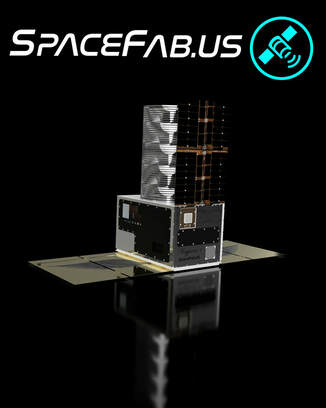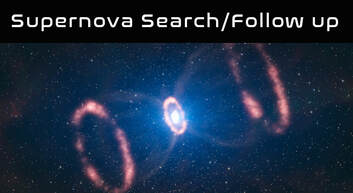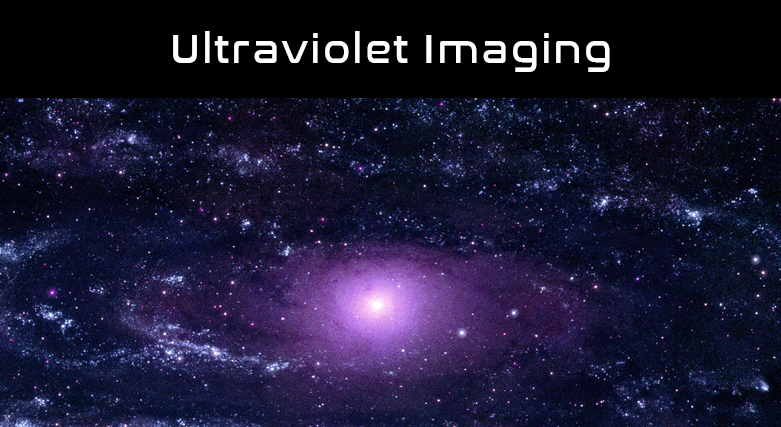 SpaceFab has selected the Supernova Cosmology research program proposed by David Rubin for the grant of observation time on its Waypoint 1 space telescope. The Waypoint satellite is a multipurpose cubesat space telescope, used for Earth observation and astronomy. The Waypoint 1 will be the first satellite of a constellation of sixteen, and will be launched in late 2020. Dr. Rubin’s program will use the Waypoint satellite’s EMCCD (Electron Multiplying Charge Coupled Device) camera to make rapid UV (ultraviolet) observations of newly discovered type Ia supernovae. Almost all UV light is absorbed by the Earth’s atmosphere, so only a telescope in the vacuum of space can make these types of measurements. The Waypoint satellite can be rapidly tasked to take priority observations within 90 minutes. Dr. Rubin is currently a postdoctoral researcher at the Space Telescope Science Institute, but has accepted a faculty position at the University of Hawaii starting in August 2019. His primary focus is on supernova cosmology, and is currently co-running a program to dramatically increase the number of distant SNe Ia to get substantially improved cosmological constraints. His research program will use about 25 hours of high priority observation time and 10 hours of lower priority time over three years. Here is an abstract of his research program: Rapid Progress with Rapid Observations: Supernova Cosmology and Astrophysics with the Waypoint 1 Satellite Distances from type Ia supernovae (SNe Ia) measure distances across billions of years. Together with the redshift of the SN, they trace the expansion history of the universe, constraining the properties of dark energy. However, the progenitors of Type Ia SNe are still not well understood, and could be causing systematic uncertainties in the measurements. Rapid UV observations are key for shedding light on this issue. This program will observe 30 SNe Ia, each discovered early, rapidly targeting them with Waypoint 1 observations. In combination with ground-based data, these observations will enable strong constraints on the astrophysical scenario that yielded the SN. In addition to learning more about these astrophysically important objects, these data will help us to improve the standardization of SNe Ia, enabling us to learn more about the history and fate of the universe.
1 Comment
|
Archives
April 2022
Categories |


 RSS Feed
RSS Feed